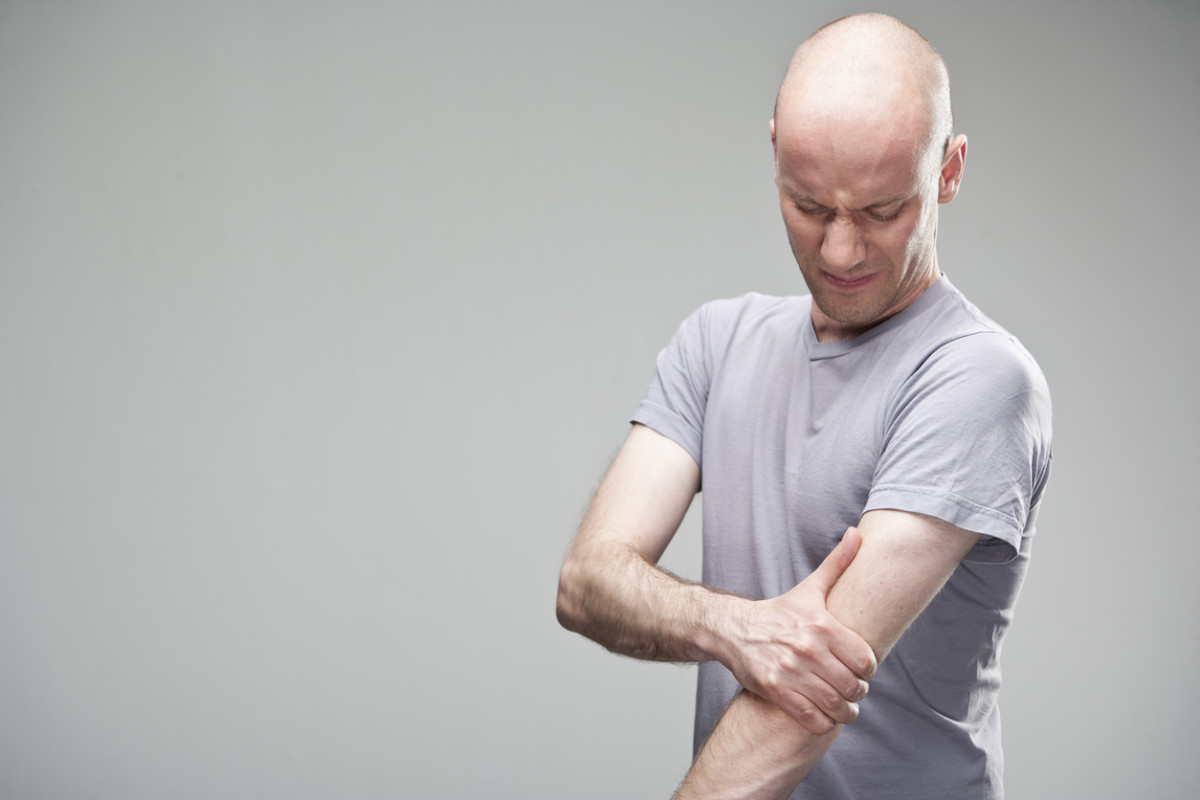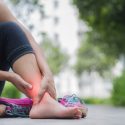
Have you ever had pain in your arm that stops you from doing activities you love? You could have Tennis Elbow.
Causes of Tennis Elbow
Tennis elbow (also known as lateral epicondylagia) is the most common form of arm pain and is a degenerative condition of the tendon (tissue connecting muscle to bone) on the outer bony prominence (lateral epicondyle) of the elbow. The cause is a repeated contraction of the forearm muscles that you use to straighten and raise your hand and wrist. These repeated movements stress the tendon and may result in a series of tiny tears and degenerative changes. Tennis elbow can vary in its intensity from an intermittent ache, to sharp and long-term pain. Constant and repetitive movements of the wrist can often cause this condition. As this injury tends to be due to overuse, anyone can have tennis elbow and it is not just limited to tennis players.
Risk Factors
These factors may increase the risk of developing tennis elbow:
- Age: while it can effect nearly any age, it is most common in adults between 30 and 60 years of age.
- Occupation: jobs which involve repetitive movements of the wrist and arm are more likely to develop tennis elbow such as those in factories, plumbers, painters and cooks.
- Sports: poor sporting techniques.
Signs & Symptoms
The signs and symptoms of tennis elbow may include:
- Pain on the outer aspect of your elbow and bony prominence (lateral epicondyle)
- Radiating pain into the forearm
- Pain when lifting an object, making a fist, opening a door or straightening your wrist
- In some people, there may be irritation to the radial nerve and this could feel like ‘nerve’ pain
Treatment
There are a variety of different treatment options to help you improve your tennis elbow. It is essential for your physiotherapist to perform a comprehensive assessment to tailor the treatment of the individual. However, treatment options include:
- Load management: it is important to de-load the tendon by minimising any unaccustomed loading. For instance, instead of doing gardening for five hours in one day, complete it over several days as this should minimise any aggravation.
- Exercise: isometric exercise (such as tensing your muscles without moving your wrist) significantly reduces elbow pain. Once the symptoms settle, your physiotherapist will gradually upgrade your exercises to improve your elbow muscles strength.
- Soft tissue therapy and massage: this may assist to reduce associated forearm muscle tightness. If the extensor muscles are tight, they may irritate the tendon and lead to greater pain.
- Joint mobilisation: this involves the physiotherapist mobilising the elbow joint to assist improved movement. Research has demonstrated that mobilisations with movements (such as the physiotherapist mobilising the elbow while you grip) significantly reduces elbow pain.
- Elbow supports and straps: tennis elbow braces and support can assist to reduce symptoms. However, they do not fix the cause for the pain.
Ryan is a physiotherapist who works in our Penrith clinic. Ryan has an interest in upper limb and hand injuries as well as vestibular rehabilitation and general musculoskeletal issues.
References:
- Bisset L, Coombes B & Vienzino B. (2011). Tennis elbow. BMJ Clinical Evidence, pii,
- Better Health Channel, Victoria Government, Elbow Pain, https://www.betterhealth.vic.gov.au/health/conditionsandtreatments/elbow-pain








